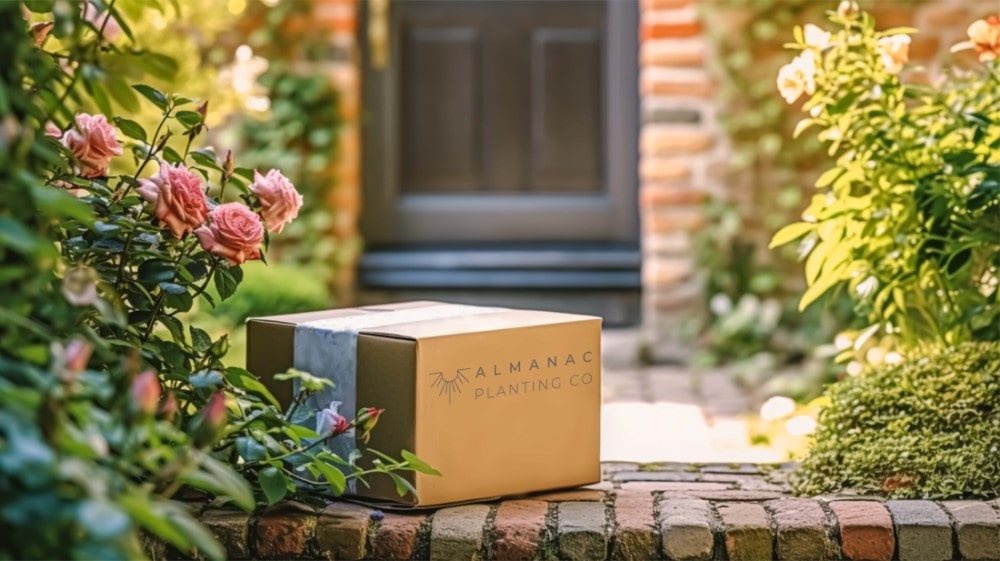Codiaeum variegatum 'Banana'
Overview
Uses: Tropical accent, indoor foliage plant, container gardens, patios, and bright interior spaces.
Benefits: Adds a bold, tropical splash of color with banana-yellow and lime-green leaves. Eye-catching and easy to grow, it’s perfect for brightening up patios or sunny indoor spots.
USDA Hardiness Zones: 10 – 12 (grown indoors as a houseplant in cooler regions)
Life Cycle: Tender perennial
Sun: Bright Indirect Light to Partial Sun
Mature Height: 24" – 36"
Mature Width: 18" – 24"
Growth Rate: Moderate
Summary
The Banana Croton (Codiaeum variegatum 'Banana') is a tropical foliage favorite known for its striking yellow-green leaves that resemble the smooth curve and hue of ripening bananas. Each leaf blends tones of golden yellow, lime green, and soft chartreuse—creating a luminous, sunlit appearance that instantly energizes any space.
This colorful Croton variety thrives equally well indoors or on warm-weather patios. Its compact, upright growth habit makes it ideal for tabletops, entryways, and decorative planters. When grown outdoors in tropical or subtropical zones, it adds a bold contrast to landscape plantings and pairs beautifully with palms, hibiscus, and other tropicals.
Highly valued for its long-lasting foliage and minimal care needs, Banana Croton offers lasting tropical beauty without the fuss. It’s one of the easiest ways to bring color and vibrancy to your home or garden year-round.
Care
Banana Croton Care
Provide bright, indirect light or partial sun for best color intensity. Too little light may cause leaf color to fade, while too much direct sunlight can cause scorching. Ideal placement is near a sunny window with filtered light or outdoors in light shade.
Keep the soil evenly moist but not soggy. Water thoroughly when the top inch of soil feels dry, and reduce watering during cooler months. Crotons prefer high humidity—mist occasionally or place near a humidifier indoors.
Feed monthly during the growing season (spring through early fall) with a balanced houseplant fertilizer or a slow release fertilizer to promote vibrant foliage color.
Maintain temperatures above 60°F; protect from cold drafts and sudden temperature changes. Wipe leaves occasionally to remove dust and maintain their glossy shine.
Size
Size of Banana Croton for Sale Online
Our Codiaeum variegatum 'Banana' plants are greenhouse-grown and shipped healthy, well-established, and ready to thrive in your home or garden. Each plant will be appropriately sized for its pot. For specific sizing details, please contact us.
Size of Banana Croton When Fully Grown
Banana Croton typically grows 24"–36" tall and 18"–24" wide, forming a compact, bushy plant with a vibrant canopy of colorful, glossy leaves.
Additional Information
How do I keep my Banana Croton leaves vibrant?
Bright light and consistent moisture are key. Rotate your plant occasionally to ensure even exposure and maintain full, symmetrical growth.
Can Banana Croton be grown outdoors year-round?
Only in USDA zones 10–12. In cooler regions, treat it as a potted tropical and bring it indoors before nighttime temperatures fall below 55°F.
Is Banana Croton pet safe?
Crotons contain a milky sap that can be mildly irritating if ingested, so keep them out of reach of pets and small children.












